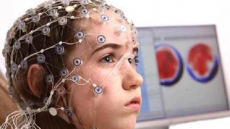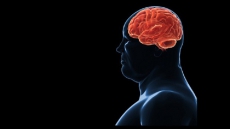There could soon be a tool to spot kids at risk of developing reading difficulties before they experience the challenges as researchers have found that white matter volume in the brain is key to development of reading abilities.
The developmental course of children's white matter volume may be used to predict his/her ability to read, the findings showed.
"We show that white matter development during a critical period in a child's life, when they start school and learn to read for the very first time, predicts how well the child ends up reading," said Fumiko Hoeft, a senior author and an associate professor at the University of California, San Francisco in the US.
Doctors commonly use behavioural measures of reading readiness for assessments of ability.
Other measures such as cognitive ability, early linguistic skills, measures of the environment such as socio-economic status and whether there is a family member with reading problems or dyslexia are all common early factors used to assess risk of developing reading difficulties.
"What was intriguing in this study was that brain development in regions important to reading predicted above and beyond all of these measures," Hoeft added.
In the study, researchers examined brain scans of 38 kindergarteners as they were learning to read formally at school and tracked their white matter development until third grade.
Left hemisphere white matter in the temporo-parietal region just behind and above the left ear - thought to be important for language, reading and speech - was highly predictive of reading acquisition, the researchers found.
The study appeared online in the journal Psychological Science.





